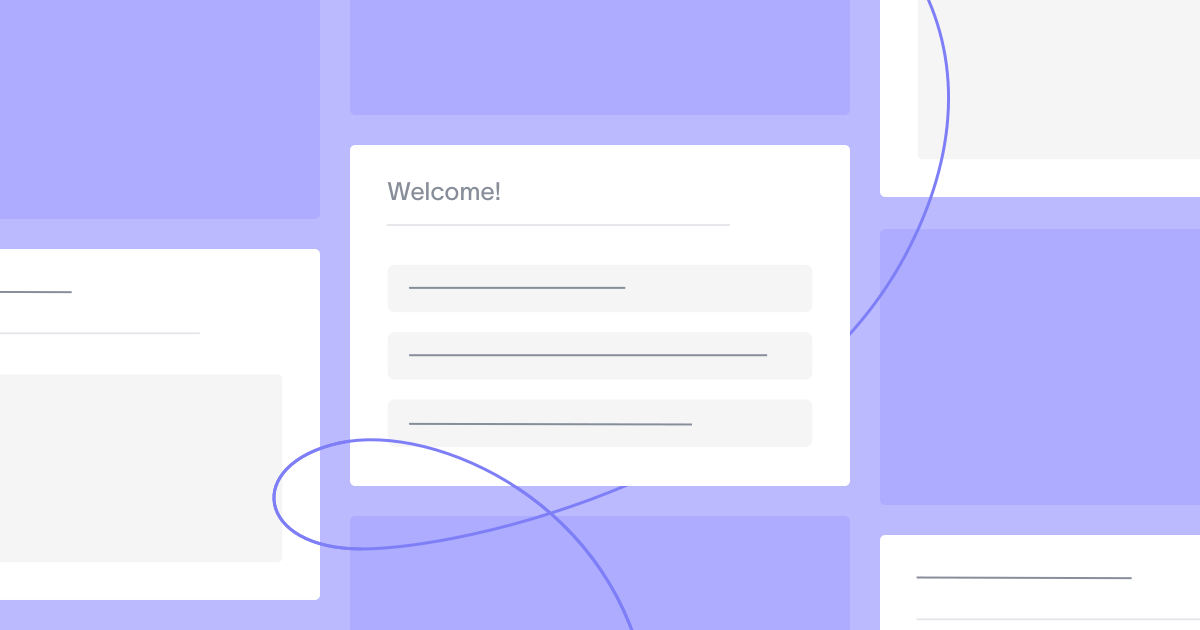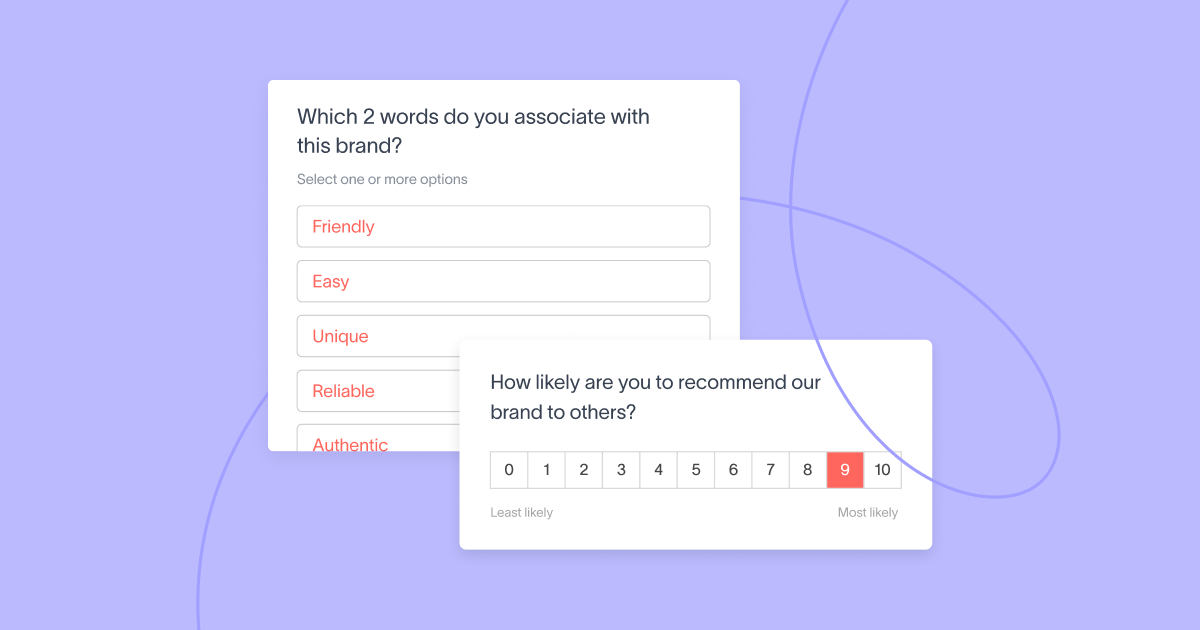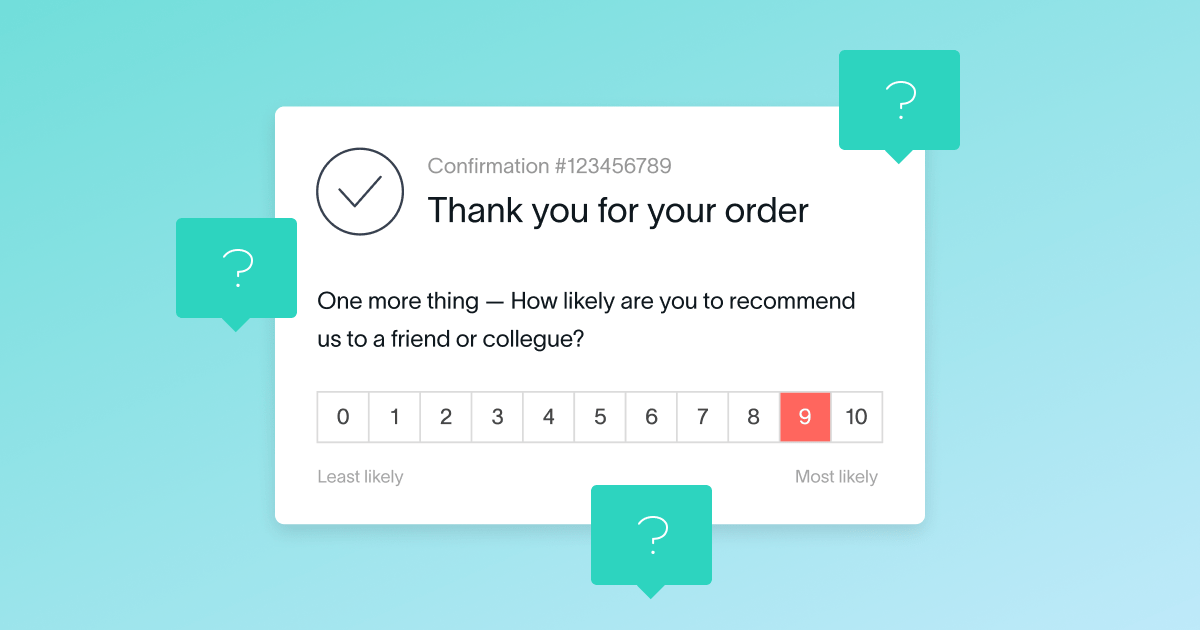First impressions matter, especially those that new hires form on their first day. Did they feel welcomed? Were clear expectations set? Asking new hires about their onboarding experience can reveal powerful insights that help set employees up for success from the moment they start with your company and beyond. To glean these insights, you need to understand what an onboarding survey is, why it is important, which onboarding survey questions to ask, and the best practices for onboarding new employees.
What is an onboarding survey?
An onboarding survey, also known as a new hire survey, assesses the experiences of new employees – from their feelings during the recruitment process to when they first start in their role. By asking new hires about their early experiences at your organization, you can discover ways to improve the onboarding process, helping them adjust to their roles quickly and increasing the likelihood that they will stay with your company long-term.
Why are onboarding surveys important?
Onboarding surveys lay the foundation for enhancing the employee experience and demonstrate to your employees that you are listening and value their feedback from the very beginning.
Employee onboarding surveys also help you:
- Retain talent: Employees who’ve had a good onboarding experience tend to stay in their new jobs, so understanding what’s working and what’s not in the onboarding process can help you fix any issues before they negatively impact your employee retention rate.
- Meet new hires’ expectations: During the interview process, candidates get a preview of their new job and the organization. On day one (and every day after), they assess whether their expectations of said role and company are being met. Onboarding surveys help you understand those expectations so that you can meet them – and keep employees happy and engaged.
- Determine your ROI: Recruiting new employees can be costly. If a new employee leaves soon after joining your organization, it’s difficult to recoup the cost of attracting and hiring another employee and restarting your search. Asking employees about the onboarding process can help uncover potential reasons for early turnover.
- Boost employee advocacy: Employees who’ve had positive experiences at your company are more likely to refer to your organization as a desirable place to work. In turn, glowing reviews make it easier for your organization to attract more top talent.
What happens if you don’t prioritize the new employee experience? According to a recent study conducted by Qualtrics, new hires have the lowest intent to stay at their organization. Moreover, employees who have been with their company for less than 6 months also scored the lowest compared to their peers in areas such as engagement, well-being, and inclusion.
Yet many organizations don’t prioritize onboarding programs. Another report by Qualtrics found that while 50% of CHROs identified talent attraction and hiring as focus areas, only 41% considered onboarding a priority. This lack of emphasis on ensuring employees are well-prepared from day one partly explains why they tend to leave – an issue that underscores the importance of surveying new employees about their onboarding experience.
31 employee onboarding survey questions
Now that you have a good idea of why onboarding surveys are important, let’s discuss which questions to ask to make your surveys as effective as possible.
Be sure to include various types of employee survey questions, such as close-ended questions, open-ended questions, and rating scale questions. This will help you gather both quantitative data you can tally and track, as well as qualitative data for greater context behind the numbers.
Take a look at these sample questions, broken down by category, as you’re building your survey. Tweak them as needed to fit your employee onboarding program.
Or, jump directly into our pre-built employee onboarding survey template to start surveying.
Employee recruitment onboarding questions
Recruitment questions cover a new hire’s experience during the interviewing and hiring stages. Survey responses will reveal what’s working and what’s not in your candidate experience.
- How well was your role explained to you during the recruitment process?
- How would you rate the level of communication from your recruiter/HR during the recruitment process?
- How would you rate the level of communication from your manager during the recruitment process?
- Were you able to have all of your questions answered during the recruitment process?
- What one thing would have improved your hiring experience?
Week 1 onboarding questions
Ask these employee onboarding survey questions while onboarding is ongoing – and thus, fresh in their minds.
- Overall, how well do you understand your role and the responsibilities of your job?
- Are you satisfied with the onboarding process thus far?
- What aspect(s) of your new job excites you?
- What aspect(s) of your new job concerns you?
- What one thing stood out to you on your first day?
- Did the onboarding process meet your expectations?
- What obstacles have you encountered so far?
- How satisfied are you with the training that you received for your new role?
TIP: Find out how your employees feel about your company using our company satisfaction survey template.
Month 1 onboarding questions
Now that a new hire has had a month under their belt, it’s a good time to gauge whether the employee feels their needs and expectations are being met.
- Do you feel like you belong at this organization?
- Do you feel like you can make meaningful contributions in your current role?
- Do you feel your role and responsibilities match the job description?
- Has your manager given you a clear overview of your career path at this organization?
- Have you been given sufficient training to be successful in your role?
TIP: Measure manager effectiveness with our free manager feedback and 360 feedback survey templates.
Remote employee onboarding survey questions
For employees working remotely, you’ll want to adjust your onboarding survey questions so that they’re relevant to the remote working experience.
- Are you clear on our company’s remote working / WFH policy?
- How satisfied are you with our company’s remote working / WFH policy?
- What are the biggest challenges you’ve faced working from home?
- If you work from home, how satisfied are you with your working situation?
- What other feedback do you have about our company’s remote working / WFH policy?
TIP: Send remote work surveys using our remote work survey template.
Employee engagement onboarding questions
Employee engagement questions help reveal how happy, satisfied, and of course, engaged your new hires feel. They also give you insight into how to boost engagement if levels are low.
- How interested are you in your current role?
- How welcome has your new manager made you feel?
- How welcome has your team made you feel?
- What could make you feel more welcome?
- Do you feel set up for success in this new role?
- How happy are you with this company as a place to work?
- How can we make this a better place to work?
- How likely are you to recommend working at this organization to a friend?
TIP: Send employee engagement surveys with this ready-to-use template.
Employee onboarding best practices
As you prepare to design (or revamp) your employee onboarding program, here are some best practices to help you make the most of it.
1. Send employee onboarding surveys in a timely manner
Make sure to send employee onboarding surveys to your new hires after important milestones during the beginning of the employee lifecycle, such as after employees’ first week and first month, as well as following unique new employee experiences, like orientation or training sessions.
The key here is to send surveys while the answers are fresh in employees’ minds – and while there’s still time to address any issues that might have come up.
2. Keep surveys short, simple, and direct
Here are some quick tips for getting the most out of your onboarding surveys:
- Keep your questions short, simple, and direct so that respondents can answer quickly and without any confusion.
- Ensure survey results remain anonymous and encourage employees to answer truthfully so that any issues they’ve encountered can be addressed and future experiences can be improved.
- Allow employees to skip or select “Prefer not to answer” to questions that they don’t feel comfortable answering. Doing so encourages employees to complete the survey – helping improve your survey response rates.
3. Analyze the results
Once you’ve received feedback from new employees, analyze the results for insights and trends. You may find out that new hires loved their interviewing experience, but their first day fell short because their workplace technology wasn’t ready for them. Or, that their team members made them feel welcome, but their manager has been too busy to meet with them.
You can also use survey results as a benchmark for employee sentiment at the start of the lifecycle, and compare the results with data you gather at other critical milestones. For example, asking engagement questions after one week and again after one year can help you identify employee experience gaps.
You might also be able to segment feedback, gaining insight into how varying onboarding experiences impacted important metrics like employee satisfaction, engagement, and tenure.
4. Take action – and tell your employees about it
Like with any survey, you want to turn insights into action – employee onboarding surveys are no different. With the intel you’ve gathered, take action to improve aspects of the onboarding process – and communicate to the broader team what you’ve done based on employee feedback. Doing so builds trust and encourages employees to keep sharing their experiences with you.
Start surveying employees in minutes with our free survey templates to gather valuable insights into the employee experience.






